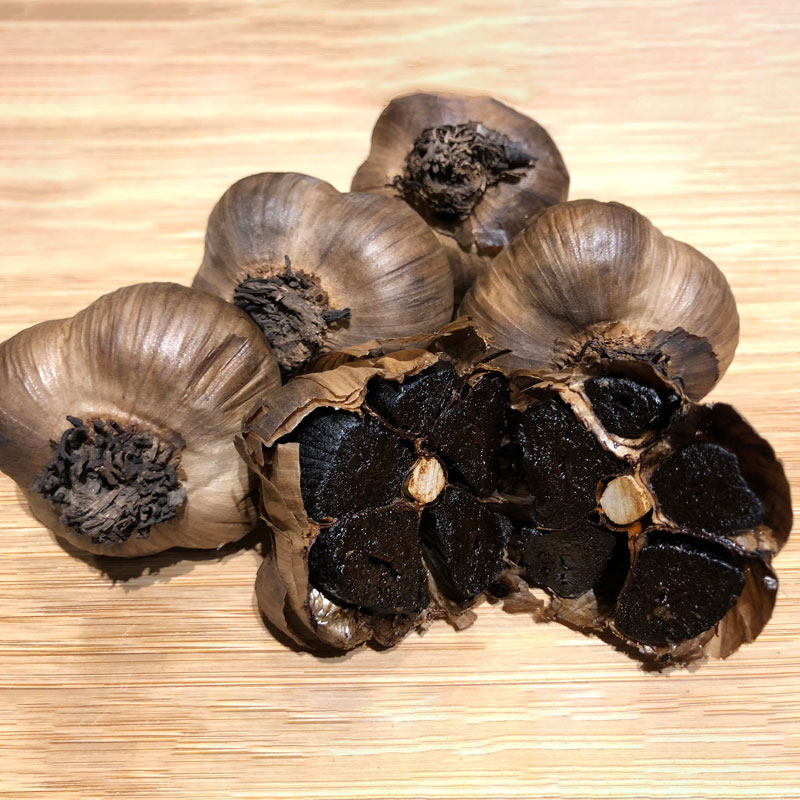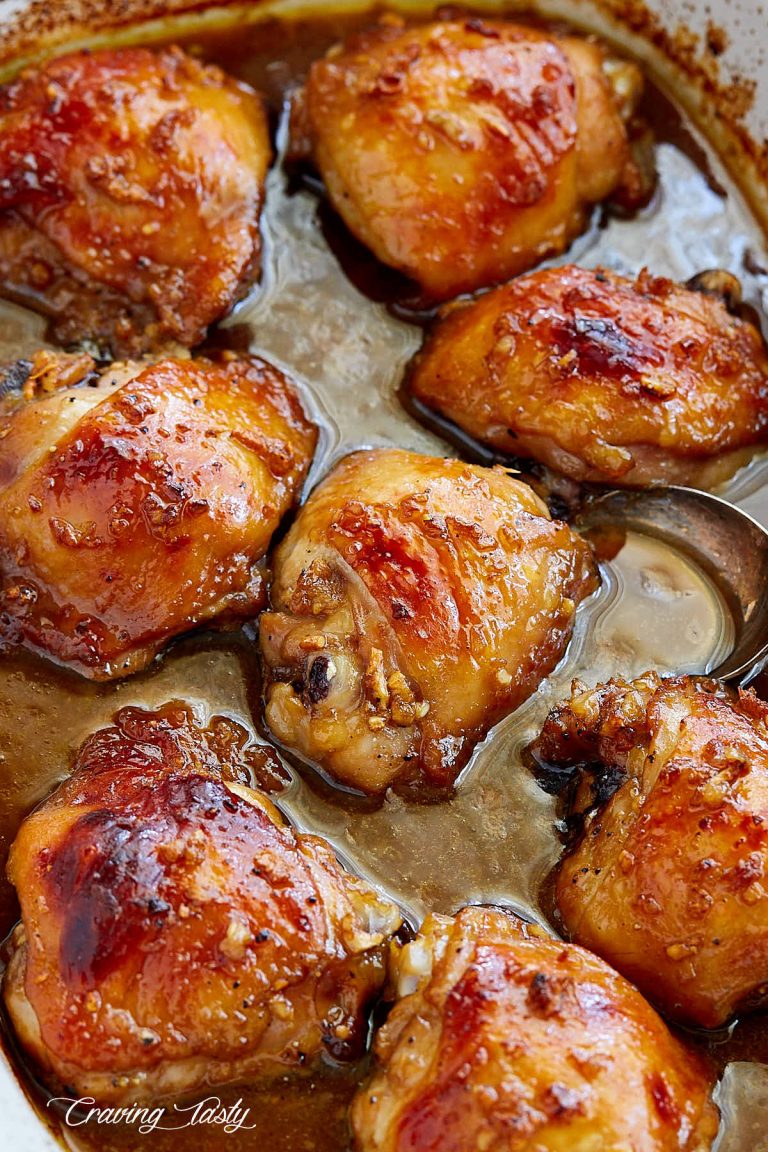Black Garlic: A Nutrient-Rich Superfood
Black garlic, a fermented version of regular garlic, originated in Korea and has been used in Asian cuisine for centuries. The production process involves aging whole garlic bulbs at a temperature of 140°F to 190°F (60°C to 88°C) for three to four weeks. This controlled environment initiates the Maillard reaction, a chemical process that transforms the cloves into a black, chewy texture with complex, sweet, umami flavors. The aging process enhances the garlic’s natural properties without harsh additives or preservatives.
Nutritional Profile Compared to Raw Garlic
Black garlic retains many of the nutrients found in raw garlic but also increases certain beneficial compounds. It’s rich in antioxidants, such as S-allyl-cysteine (SAC), which can be 2 to 5 times higher than in fresh garlic. Vitamin C and B6, manganese, and selenium are present, though in slightly reduced amounts due to the fermentation process. Black garlic offers fewer allicin levels compared to raw garlic but provides enhanced bioavailability of nutrients, making it easier for your body to absorb health benefits.
Health Benefits of Black Garlic
Boosts Immune System
Black garlic can enhance your immune system. It contains compounds like S-allyl-cysteine (SAC) and antioxidants that increase immune function. SAC improves the body’s defenses by supporting white blood cells, which helps fend off infections. Studies suggest that black garlic may reduce the severity of colds and flu compared to regular garlic due to its higher concentration of beneficial compounds.
Supports Heart Health
Black garlic offers significant benefits for heart health. It’s rich in antioxidants that protect the cardiovascular system by reducing oxidative stress and improving blood vessel function. Research indicates that regular consumption of black garlic can lower cholesterol levels. The decreased cholesterol results in reduced arterial plaque buildup, lowering the risk of heart attacks and strokes. Additionally, black garlic helps maintain healthy blood pressure.
Antioxidant Properties
Black garlic is a potent source of antioxidants. The fermentation process increases the levels of these beneficial compounds, making black garlic more effective than fresh garlic in neutralizing free radicals. High antioxidant content contributes to reduced inflammation and a lower risk of chronic diseases like cancer and diabetes. SAC, a primary antioxidant in black garlic, has been linked to protective effects against oxidative damage, supporting overall wellness.
Culinary Uses of Black Garlic
Cooking with Black Garlic in Dishes
Black garlic’s unique flavor makes it a versatile ingredient in various dishes. You can blend it into sauces, marinades, and dressings for a rich, umami taste. Chefs often use it in risottos, blending finely chopped black garlic with Arborio rice and stock to create a deep, savory profile. Black garlic pairs well with roasted vegetables; mixing minced black garlic with olive oil and tossing it with veggies before roasting can enhance their natural sweetness. Its slightly sweet and tangy flavor complements meat dishes. Adding black garlic to a lamb or beef stew during the simmering process introduces complex flavors, elevating the dish.
Creative Recipes Incorporating Black Garlic
Experimenting with black garlic can lead to innovative meals. Consider creating a black garlic aioli. Blend black garlic with mayonnaise, lemon juice, and a touch of salt to produce a unique condiment. Use this aioli for sandwiches or as a dipping sauce for fries. Black garlic can transform pasta dishes. Mix mashed black garlic into Alfredo or carbonara sauces to introduce a new depth of flavor. For a more experimental approach, craft a black garlic and chocolate truffle. Combining the sweet and savory notes creates a unique dessert experience. Incorporate black garlic into pizza recipes by spreading it as a base sauce or mixing it with cheese toppings for an unusual yet delicious twist.
Buying and Storing Black Garlic
Tips for Selecting Quality Black Garlic
When buying black garlic, look for bulbs with firm cloves and no signs of mold. Quality black garlic should have a uniform dark color and a slightly tacky texture. Opt for organic varieties when possible; they often ensure fewer pesticides and higher nutrient content. Purchasing from reputable sources, such as specialty grocery stores or certified online retailers, can guarantee product quality. Always check labels for expiration dates and quality seals.
Best Practices for Storage
Store black garlic in a cool, dry place away from direct sunlight. Use an airtight container to keep it fresh for up to three months. If you plan to keep it longer, refrigeration extends shelf life to approximately six months. Ensure the cloves are dry before storing to prevent mold growth. For freezing, wrap the black garlic individually in plastic wrap, then place them in a resealable plastic bag.
Maintain these conditions to retain flavor and texture, allowing you to enjoy the full culinary and health benefits of black garlic for an extended period.
Conclusion
Black garlic is more than just a trendy ingredient; it’s a powerhouse of flavor and nutrition. Embracing its unique taste and health benefits can elevate your culinary experiences and support your well-being. When selecting and storing black garlic, focus on quality and proper storage practices to maximize its potential. By doing so, you’ll ensure that this remarkable ingredient remains a staple in your kitchen, ready to enhance your dishes and contribute to a healthier lifestyle.






